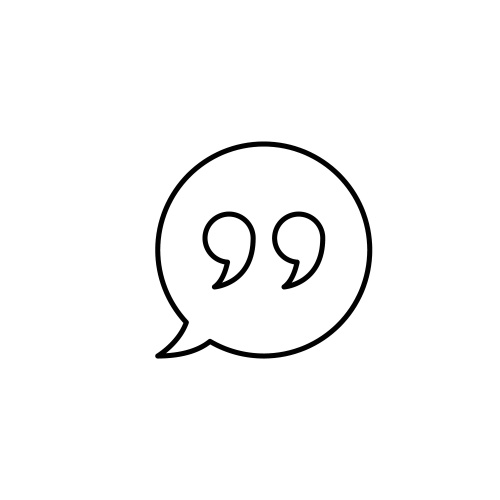Learning Loss Prevention
While learning loss may have skyrocketed during the pandemic, our data shows that K12 students have resisted this trend — and are continually learning and thriving in an online setting.
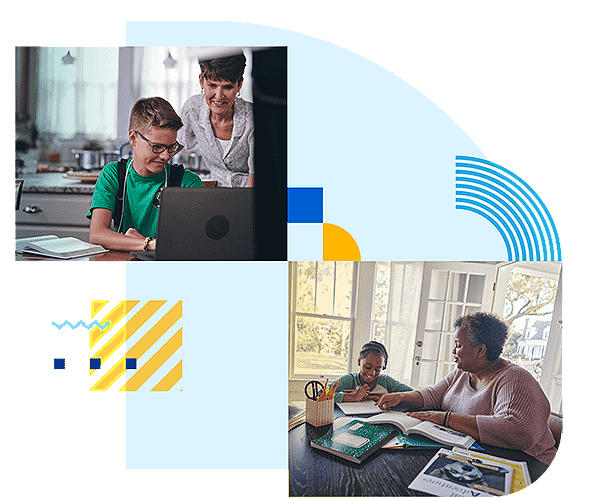
Nine Ways K12 Protects Your Child From Learning Disruptions
Learning disruptions continue to impact more than one million of the nation’s 50 million public school students.1 Meanwhile, K12 students continue to make educational gains and have experienced increased passing and graduation rates in recent years.

- World-class coursework is available 24/7.
- Teachers are readily available.
- Flexible learning options keep students engaged.
- Social forums connect friends.
- Consistent routines and expectations set up success.
- Assured physical safety allows greater focus on studies.
- Parents can get more involved.
- Students meet their graduation goals.
- Regular reading assessments guide interventions, if needed, to ensure students are hitting milestones.
How Families Navigate Uncertainty with K12
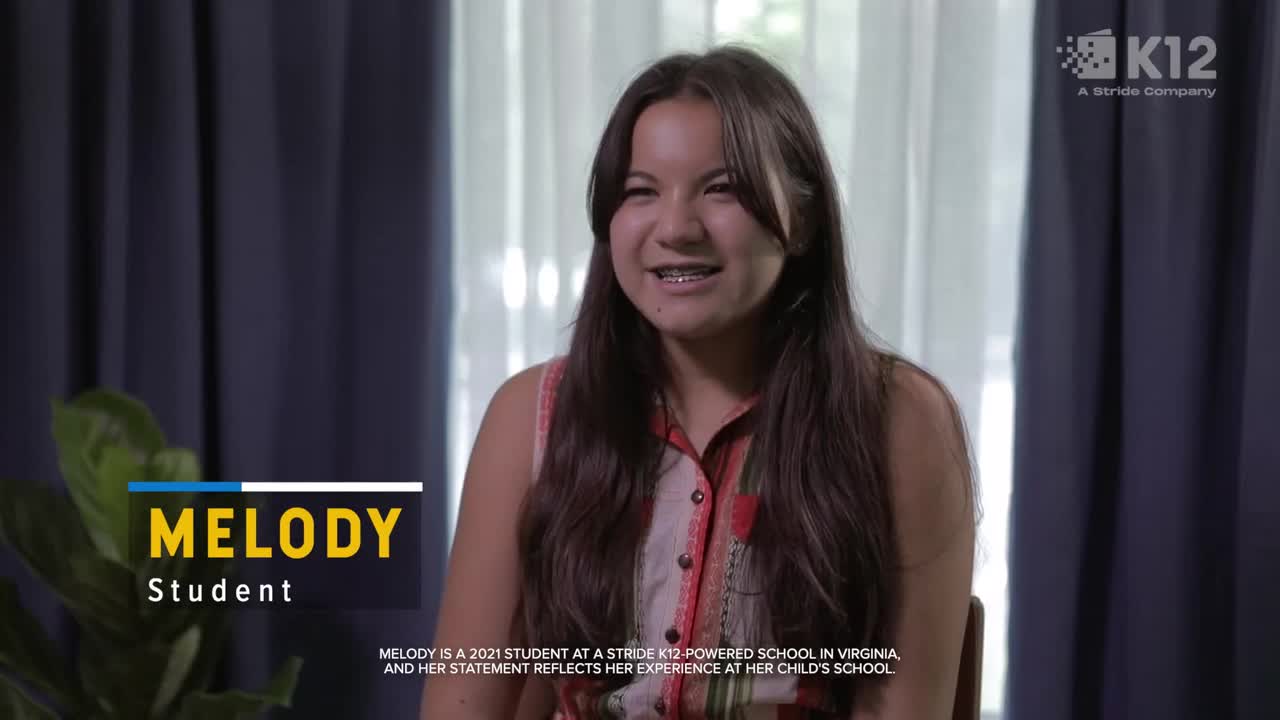
Harlan Family
With the uncertainty of school closures, the Harlans found comfort in K12’s consistency.
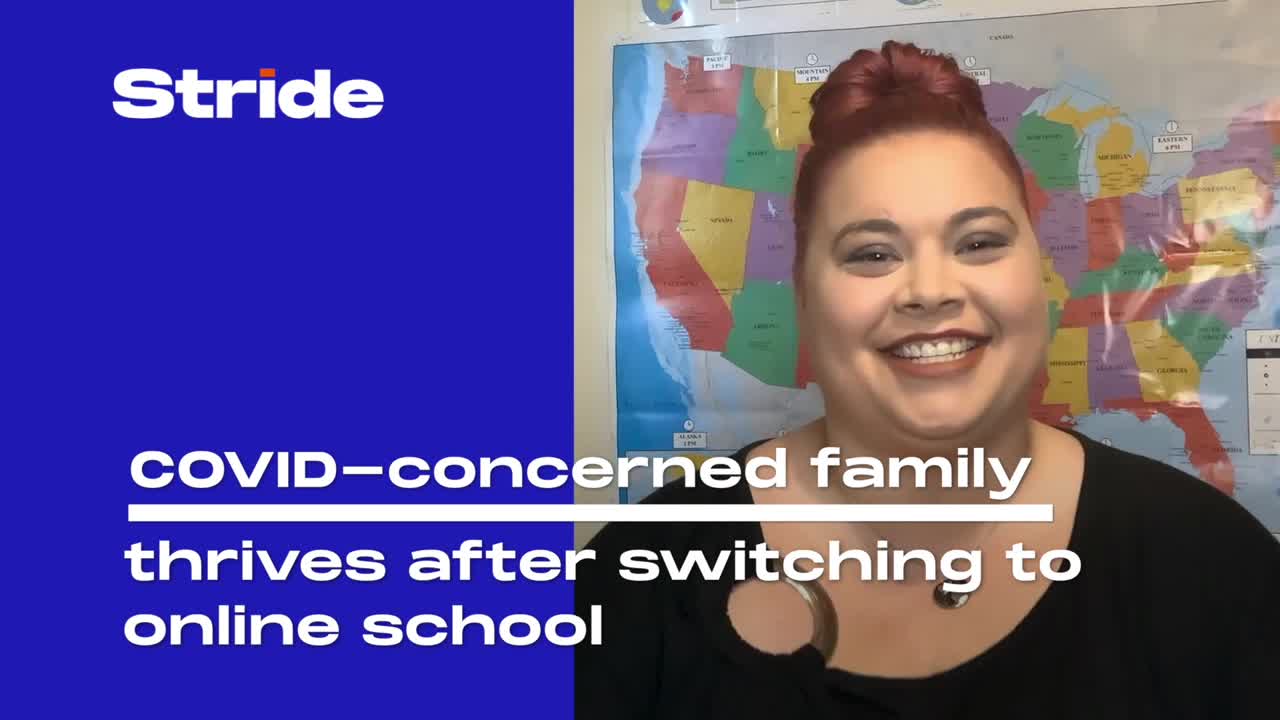
Roach Family
The Roach family chose K12’s personalized learning experience to help their daughter, who has autism, thrive.
K12 Students Stride Ahead in Math and Reading
While many schools nationwide are still struggling to make academic gains post-pandemic, K12-
powered schools and programs continue to thrive. During the pandemic, students in the schools we
support experienced lower learning loss rates than those reported in national studies [PDF].
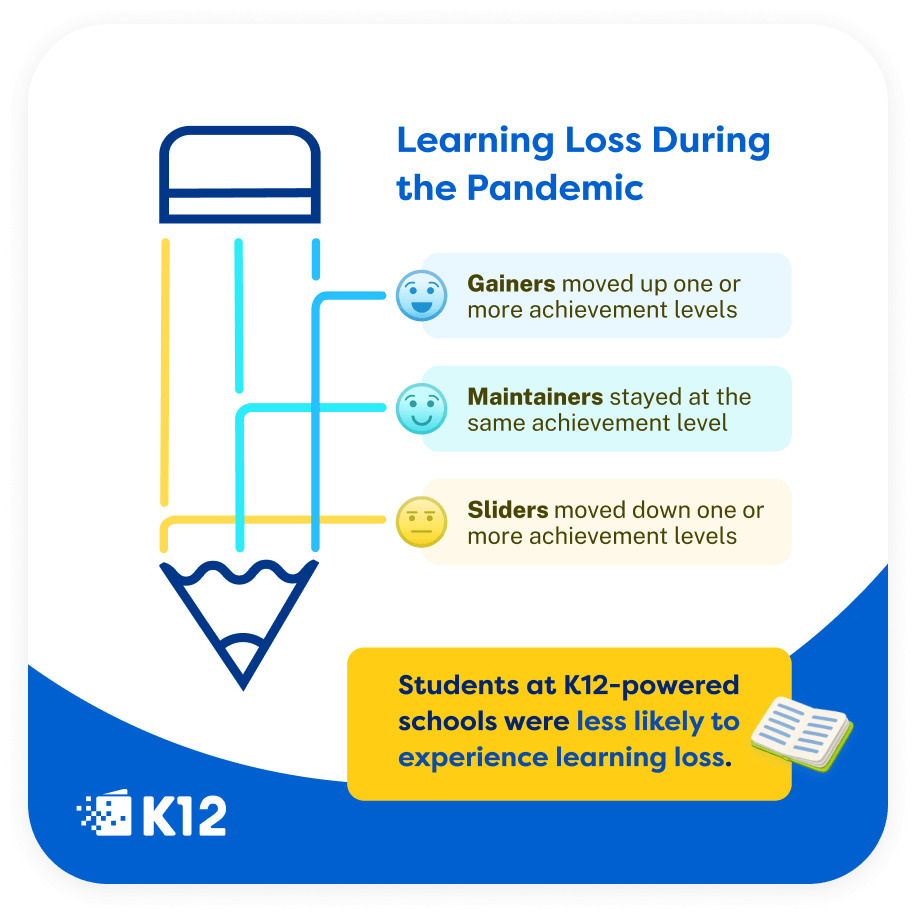
What Parents Say About K12
Parents choose K12 for our powerful programming, state-accredited teachers, engaging coursework, active support community, and interactive curricula.2

More than 80%
of parents are satisfied with the K12 curricula.3
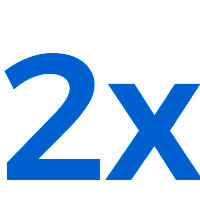
2x as many parents
find K12 course materials more effective than other online school options.

3x as many parents
find K12 teachers more competent in operating in an online classroom than other online educators.

94% of parents
were satisfied with their K12 elementary school teachers, compared to 81% of brick-and-mortar elementary school parents.4

91% of K12 parents
felt satisfied with their child’s education, compared to 86% of brick-and-mortar school parents.5

91% of parents
are likely to recommend K12 to others. 5
Attendance Matters
K12 students love learning — and it shows in our exceptional 97% attendance rate.2 Regular attendance ensures students remain engaged and continue progressing without falling behind due to illness, shifting family schedules, or the summer slide.

- Strong family onboarding to online learning
- Support from local and national K12 community
- Live online classes offering student participation
- Proactive instructor intervention
Prevent Learning Loss with K12
K12’s flexible curricula includes full-time, part-time, and supplemental options to tackle learning loss head-on. Enroll in full-time studies that are always online and available when you are. You can also supplement a current homeschool routine or traditional studies with fun, enriching K12 courses.
Additional Sources
1Goldstein, Dana, and Scheiber, Noam. “As More Teachers’ Unions Push for Remote Schooling, Parents Worry. So Do Democrats” The New York Times, 8 Jan. 2022, www.nytimes.com/2022/01/08/us/teachers-unions-covid-schools.html. Accessed 30 Jan. 2022.
2Based on the Fall 2020 High School Parent Satisfaction Survey for K12 public schools conducted by Stride Market Research Group.
3K–8 and High School Parent Satisfaction surveys for K12-managed public schools conducted by Edge Research, May 2021.
4The Parents Guide to Back to School 2021.” Parents Magazine, by Parents Editors, August 02, 2021. www.parents.com/kids/education/back-to-school/the-parents-guide-to-back-to-school-2021. Accessed 30 Jan. 2022.
5K–8 and High School Parent Satisfaction surveys for K12-managed public schools conducted by Stride Market Research Group, November 2021.
About the Survey Data
Our data draws from the Northwest Evaluation Association (NWEA) Measure of Academic Progress (MAP) Growth assessment: an innovative evaluation used to measure achievement and growth in K-12 math, reading, language usage, and science.
NWEA researchers used MAP Growth assessment results of nearly 4.5 million U.S. students in grades 3-7 when the pandemic began to observe the performance differences between winter 2019 and fall 2020 (subsequently referred to as “during the COVID-19 pandemic”) to understand the impact of the pandemic on learning progress.
NWEA is a research-based, not-for-profit organization with 40 years of experience developing preK-12 assessments trusted by educators in more than 9,500 schools, districts, and education agencies in 145 countries.
Take an in-depth look at the survey results

Find Your K12 Program
Online K12 public and private schools are available across the country. Select your location for a list of accredited options.
